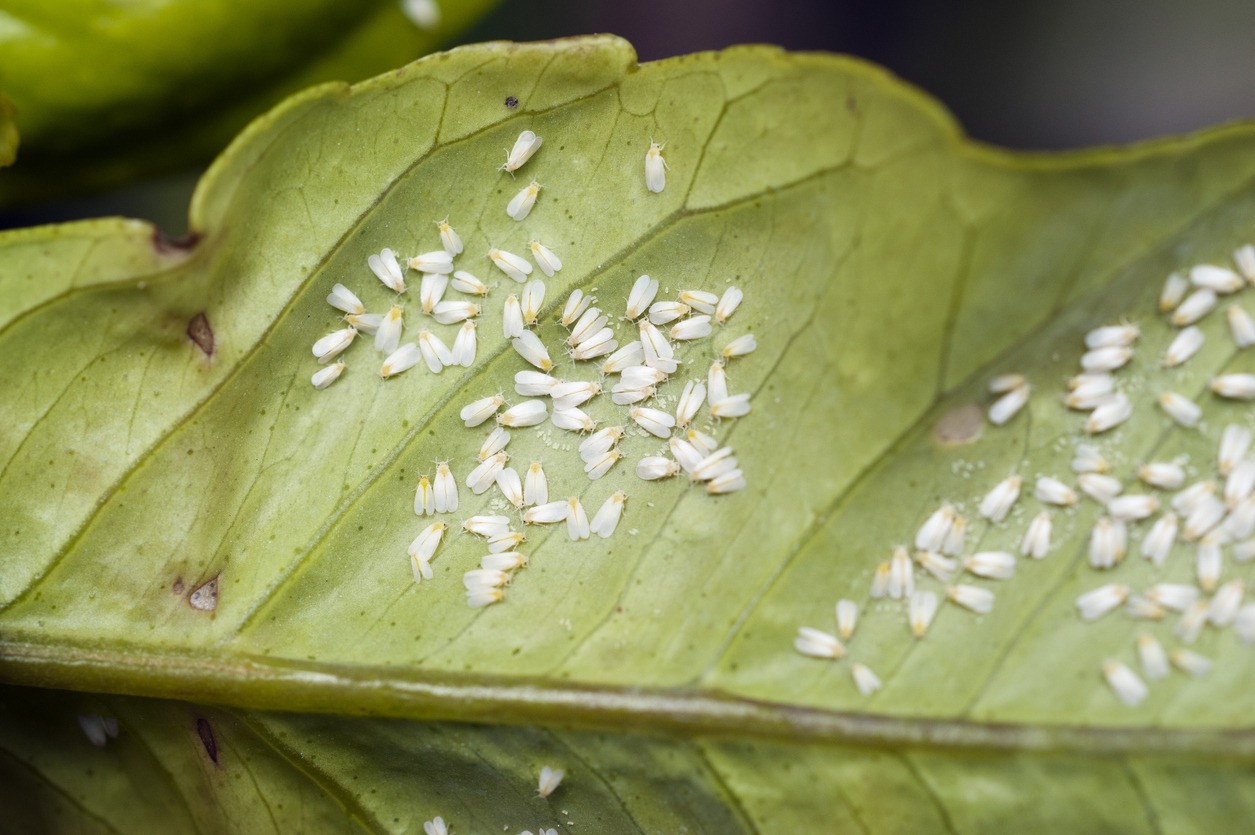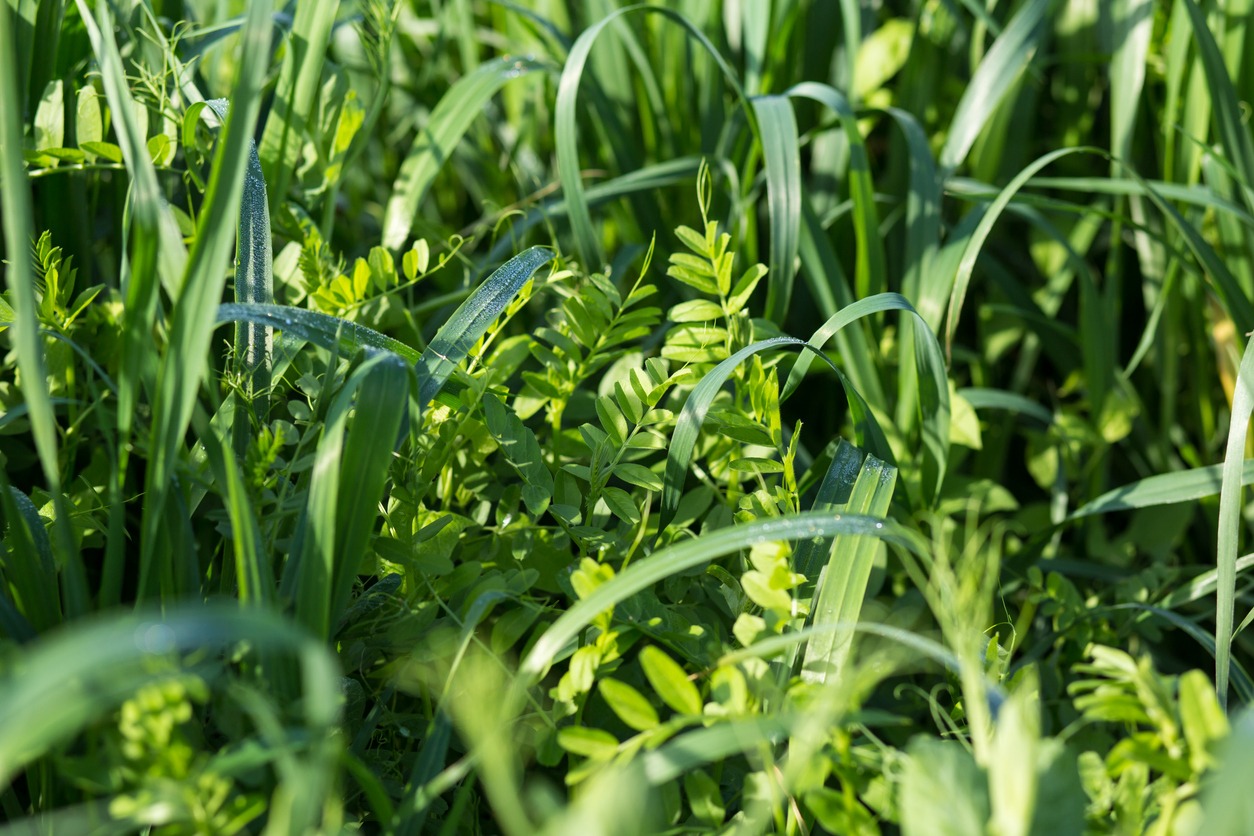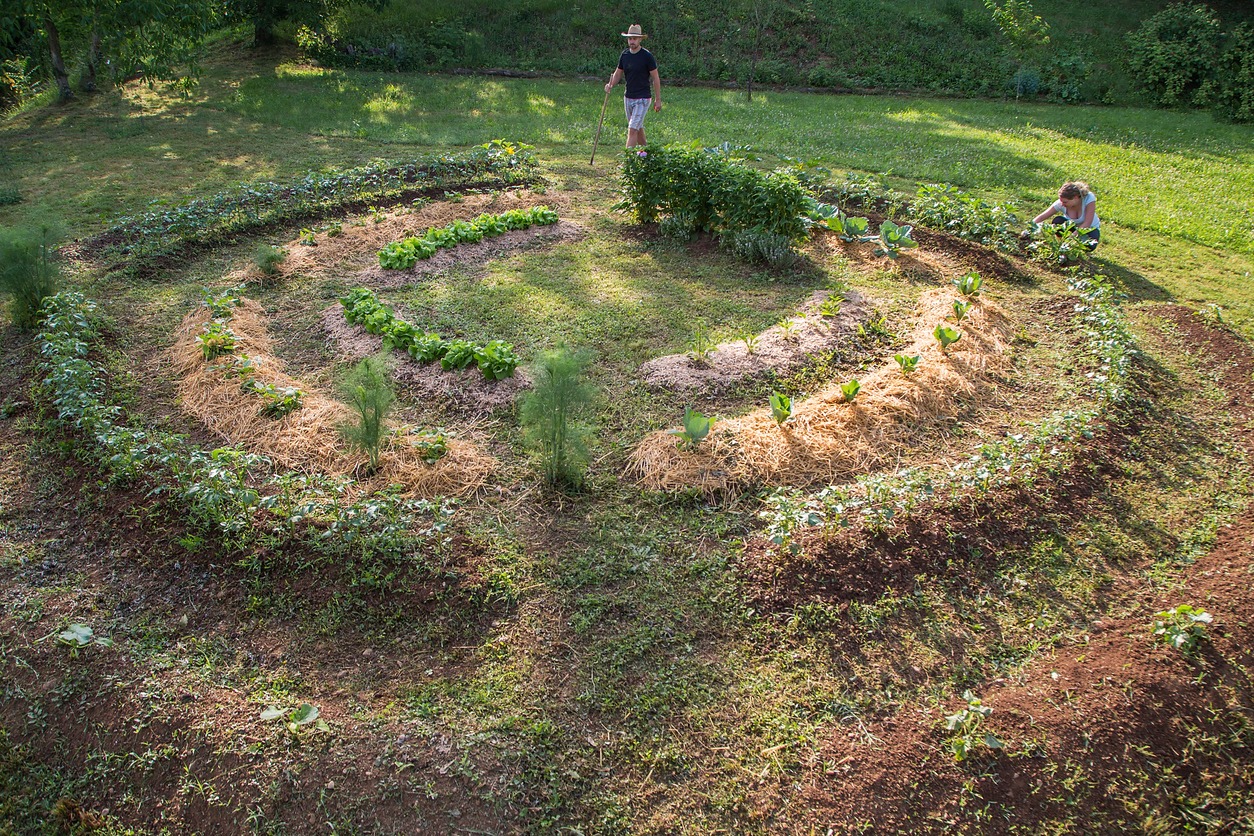Why Soil Health Is Essential for a Thriving Homestead
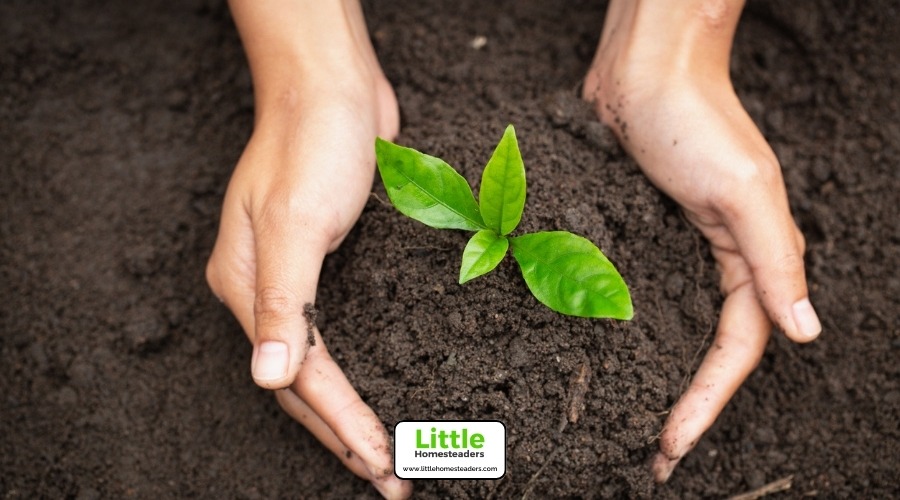
When building a homestead, you quickly learn that success starts from the ground up—literally. Soil is more than just dirt; it's a living, breathing system that supports every aspect of your homestead. Healthy soil is like a thriving community, filled with microbes, fungi, and insects working together to sustain life. It's the foundation for productive gardens, healthy livestock, and a balanced ecosystem. But how do we nurture this vital resource? Let's explore why soil health matters and how you can cultivate it for a prosperous homestead.
Understanding Soil Ecosystem Dynamics
Soil is alive. A single handful contains billions of microorganisms forming the soil food web. These tiny organisms work alongside fungi and invertebrates to break down organic matter, release nutrients, and improve soil structure. They form symbiotic relationships with plant roots, helping plants access water and nutrients more efficiently. Without this dynamic system, your crops might struggle to grow, no matter how much fertilizer you apply.
For homesteaders, understanding this interplay is key. The healthier your soil ecosystem, the less dependent you'll be on external inputs like chemical fertilizers. By fostering a thriving soil community, you're setting up a self-sustaining system that requires fewer interventions over time.
Consider the soil food web as a chain of cooperation. Microbes like bacteria and fungi break down organic matter into simpler compounds, which are consumed by larger organisms like nematodes and arthropods. These organisms, in turn, are consumed by even larger soil dwellers, creating a balanced system where every organism plays a role. When one link in this chain is disrupted—say, through excessive chemical use or soil compaction—the entire system suffers.
Actionable Tip: Conduct a soil health check. Start with a simple squeeze test to observe your soil's texture. Does it crumble easily or compact into a tight ball? A healthy balance of clay, silt, and sand indicates good structure. Dig deeper (literally!) by observing earthworm activity or using a magnifier to spot microbial life. Additionally, consider testing for pH and nutrient levels through affordable soil testing kits available online or at agricultural extension offices.
The Role of Organic Matter and Nutrient Cycling
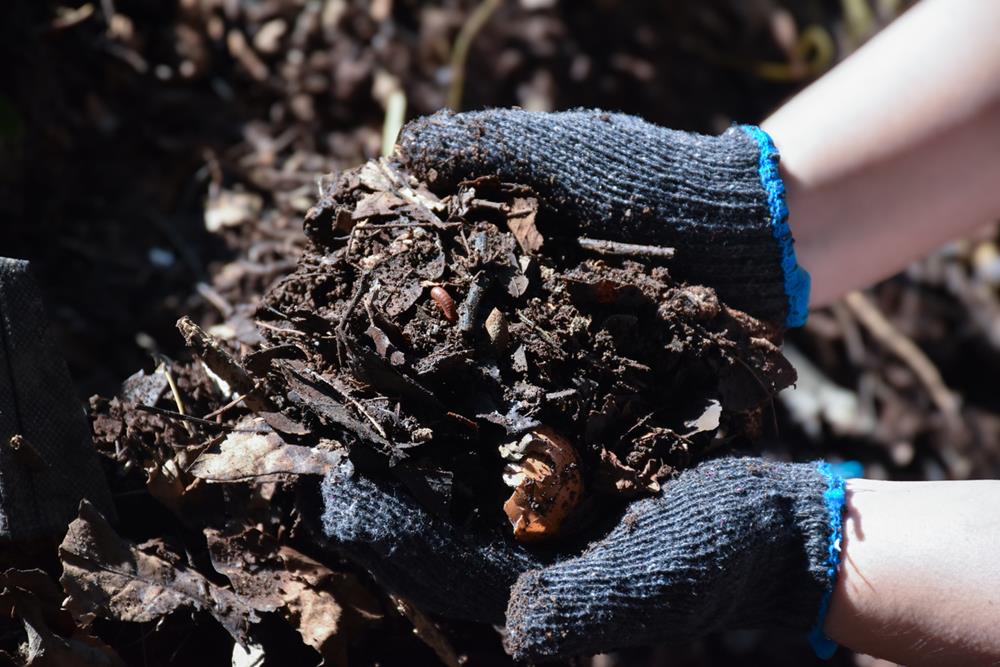
Organic matter is often called the heart of healthy soil. It's the engine that drives nutrient cycling, which keeps your plants fed. When organic material like compost or fallen leaves decomposes, it releases nitrogen, phosphorus, and other essential nutrients that plants can absorb.
But the benefits of organic matter go beyond fertility. It improves soil structure, making it easier for roots to penetrate and water to infiltrate. It also increases the soil's ability to hold moisture, reducing the need for frequent watering during dry spells. Additionally, organic matter acts as a reservoir for beneficial microbes, providing them with the energy they need to perform vital functions.
The decomposition process itself is fascinating and vital to the ecosystem. As organic matter breaks down, it passes through different stages, each dominated by specific types of organisms. For example, fungi play a significant role in breaking down lignin from woody materials, while bacteria are more efficient at decomposing softer organic matter like vegetable scraps. Understanding this process can help you tailor your composting efforts to produce nutrient-rich humus for your soil.
To build up organic matter, consider these steps:
- Composting: Start a compost pile with kitchen scraps, yard waste, and livestock manure. Keep a balance of greens (nitrogen-rich materials) and browns (carbon-rich materials) for efficient decomposition. Turn the pile regularly to aerate it and speed up the process.
- Cover Cropping: Plant crops like clover or rye during the off-season. These green covers prevent erosion, add nutrients, and improve soil structure when tilled back into the soil. Consider mixing multiple cover crops for diverse benefits, such as nitrogen fixation and organic matter addition.
Soil Structure and Water Management
Healthy soil structure is like a well-built sponge. It retains water when needed and allows excess to drain away, ensuring plants get just the right amount of moisture. This balance is critical for preventing problems like root rot or drought stress.
Soil structure depends on how particles like sand, silt, and clay aggregate. When these particles bind together with organic matter, they form pores that let air and water move freely. Over time, heavy machinery or excessive tilling can compact the soil, reducing its ability to absorb water and support plant roots.
Practical Steps to Improve Soil Structure:
- Reduce Tillage: Frequent tilling breaks up soil aggregates, disrupting its natural structure. Instead, try no-till gardening or limit tilling to the topsoil. Over time, this practice also helps sequester carbon, contributing to climate change mitigation.
- Mulch: Spread organic mulch like straw, wood chips, or grass clippings around plants. Mulch retains moisture, reduces temperature fluctuations, and adds organic matter as it decomposes. In addition, mulch suppresses weeds, reducing competition for nutrients and water.
- Monitor Soil Moisture: Use simple tools like a finger test or a soil moisture meter to ensure your plants aren't over- or under-watered. Deep watering practices, which encourage roots to grow deeper into the soil, can further enhance plant resilience.
Well-structured soil not only promotes healthy plant growth but also reduces erosion, runoff, and the need for artificial irrigation systems. It's a win-win for your homestead and the environment. Adding water retention capacity metrics can help you monitor improvement over time.
Biodiversity Above and Below Ground
While the microorganisms in your soil work behind the scenes, the plants and animals above ground play an equally important role in maintaining soil health. Diverse plantings encourage a robust ecosystem that supports pollinators, deters pests, and improves soil quality.
Above-Ground Biodiversity:
- Plant Diversity: Grow a variety of crops instead of monocultures. Rotate crops annually to prevent nutrient depletion and break pest cycles. Companion planting can also provide mutual benefits; for example, planting marigolds alongside tomatoes can deter nematodes and other pests.
- Natural Leaf Litter: Allow leaves to decompose where they fall. They protect the soil surface, prevent erosion, and feed soil organisms.
- Encourage Wildlife: Install birdhouses or insect hotels to attract natural pest predators like birds and beneficial insects.
Below-Ground Biodiversity:
The interconnected network of soil organisms—from bacteria to worms—helps regulate nutrient cycling, break down organic matter, and even combat plant diseases. Encouraging this biodiversity is key to building resilient soil.
Encouraging Biodiversity on Your Homestead:
- Avoid synthetic fertilizers and pesticides that can harm soil organisms.
- Rotate grazing areas for livestock to prevent soil compaction and overgrazing.
- Incorporate native plants that attract beneficial insects and provide natural pest control.
By nurturing both above- and below-ground biodiversity, you're creating a more resilient system that works harmoniously to support your homestead. Introducing habitat areas like wildflower strips can further enhance ecosystem services.
Regenerative Practices for Soil Health
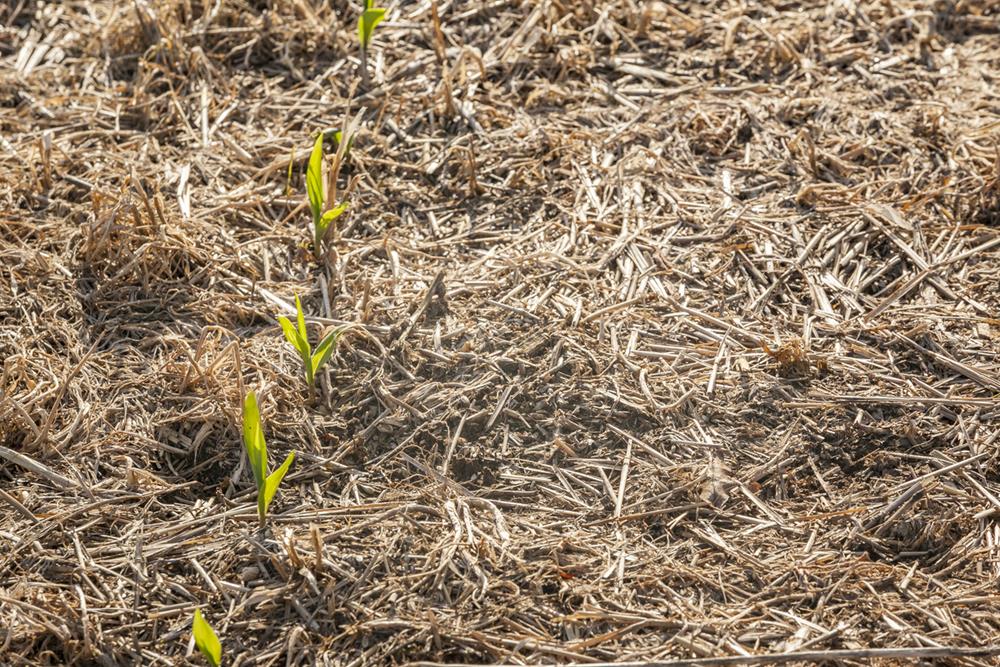
Regenerative agriculture focuses on restoring soil health through methods that mimic natural systems. These practices not only improve soil fertility but also combat climate change by storing carbon in the soil.
Key Regenerative Practices:
- No-Till Gardening: Avoid turning over the soil unnecessarily. This preserves soil structure, retains carbon, and protects the microbial community.
- Cover Cropping: Use plants to cover bare soil, adding organic matter, preventing erosion, and fixing nitrogen into the ground.
- Rotational Grazing: Move livestock frequently to avoid overgrazing and allow pastureland to recover. This method distributes manure evenly, enriching the soil.
Future Perspectives and Resources
The science of soil health continues to evolve, offering homesteaders new tools and techniques. From biochar to soil health monitoring apps, innovations are making it easier to understand and improve your soil.
Emerging Trends:
- Biochar: Adding this charcoal-like substance improves soil fertility and stores carbon. It also enhances water retention, making it a valuable tool in drought-prone areas.
- Soil Health Testing Kits: Affordable and accessible kits can help you analyze pH, organic matter, and microbial activity.
- Mobile Apps: New technologies allow you to track soil moisture, fertility, and health from your smartphone, making precision farming accessible to everyone.
Conclusion
Healthy soil is the foundation of a thriving homestead. It's the key to growing abundant crops, keeping your livestock well-fed, and creating a balanced ecosystem. By understanding how soil works and taking steps to nurture it, you're not just improving your harvests today—you're investing in the future of your land.
Whether it's starting a compost pile, reducing tillage, or planting diverse crops, every action you take helps build a stronger, more sustainable system. The best part? You don't need to do it all at once. Start with small changes, observe how your soil responds, and build from there.
With healthy soil, you're not just growing plants. You're cultivating a living, thriving homestead that can support you and your family for years to come. Let's take care of the soil that takes care of us!

